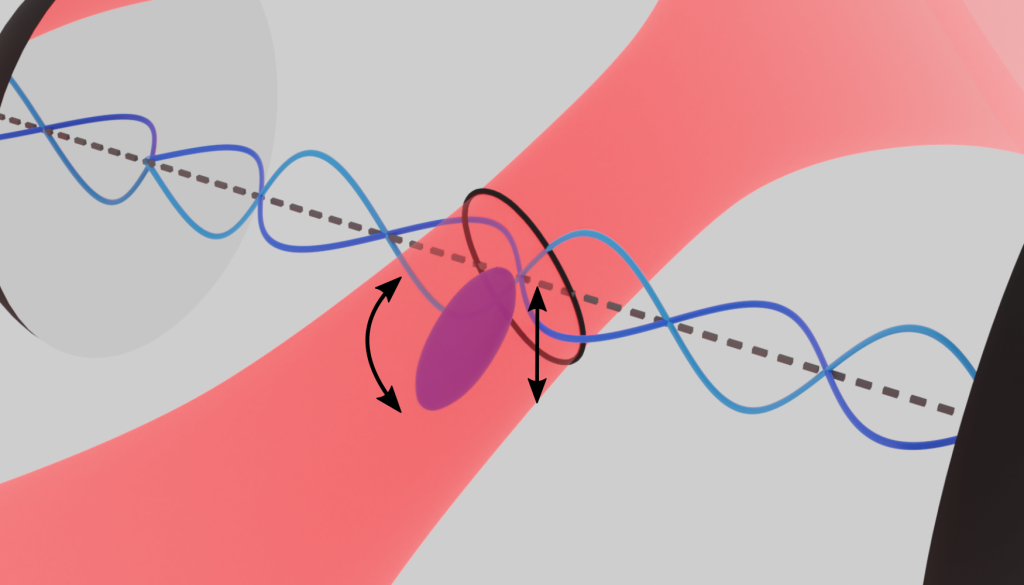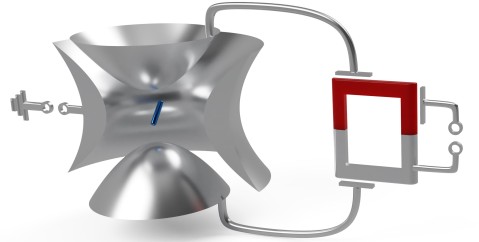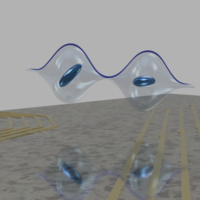Macroscopic quantum physics
The non-linearity of free rigid body rotations gives rise to pronounced quantum interference effects, with no analogues in the body’s free centre-of-mass motion. Optically or electrically trapping and manipulating aspherical nanoparticles thus provides an attracitive platform for tests of quantum physics and for sensing at the quantum limit. Together with our experimental collaborators, we work on techniques to control and observe the mechanical rotation of nanoscale dielectrics, and develop schemes to witness orientational quantum revivals and the quantum version of the tennis-racket effect.





